-
Welcome to Tacoma World!
You are currently viewing as a guest! To get full-access, you need to register for a FREE account.
As a registered member, you’ll be able to:- Participate in all Tacoma discussion topics
- Communicate privately with other Tacoma owners from around the world
- Post your own photos in our Members Gallery
- Access all special features of the site
My audio adventure... (non-JBL)
Discussion in 'Audio & Video' started by RDW59565, Oct 15, 2022.


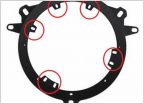 Premium Audio Upgrade for less than $250
Premium Audio Upgrade for less than $250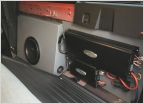 2017 Double Cab Audio Build
2017 Double Cab Audio Build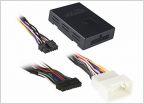 Help with install
Help with install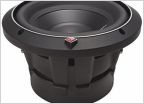 What's a good amp for 1 fosgate 8?
What's a good amp for 1 fosgate 8?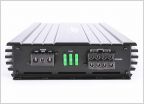 Audio system going dumb
Audio system going dumb




